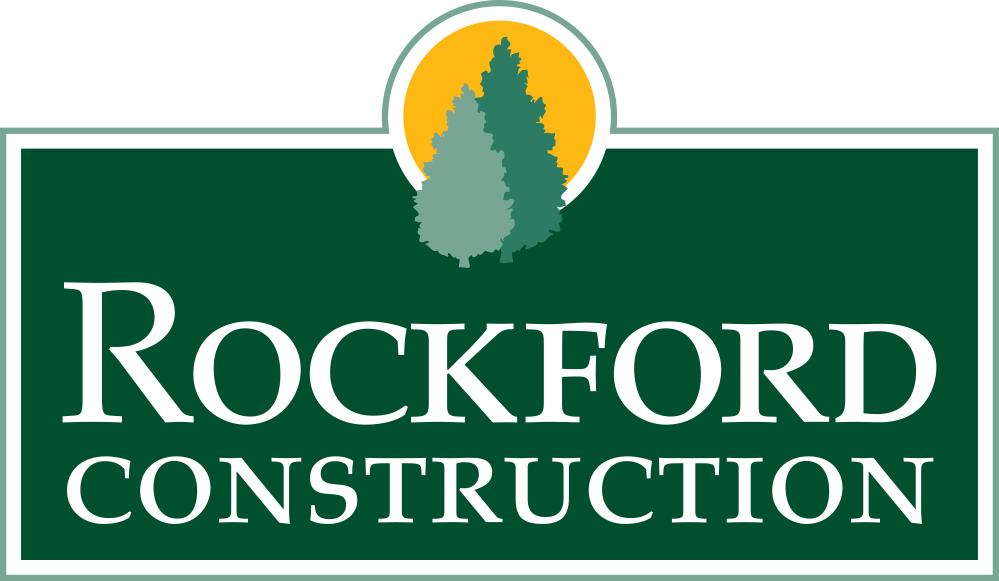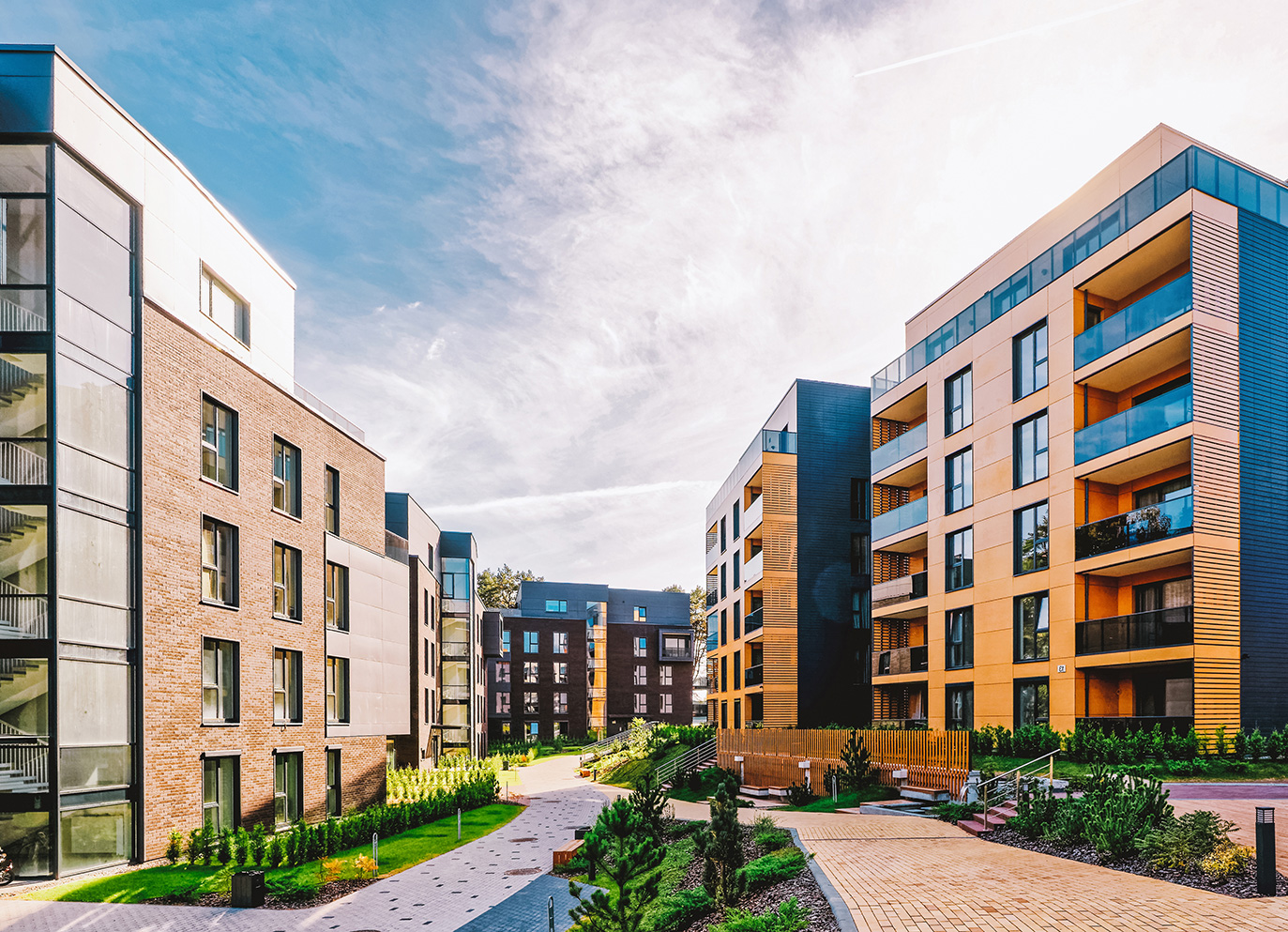
10 Steps to Building a Successful Apartment Complex in Ohio
In this blog post, we’ll guide you through the multifaceted journey of apartment building construction in the Buckeye State—from the initial spark of an idea to the intricate details of property management.
Whether you’re a seasoned property owner or new to the field of real estate development, understanding the complexities of constructing apartment buildings is key to ensuring your project’s success and profitability.
1. Conduct Thorough Market Research
Before you pull your first permit, move any dirt, or draft the initial budget for your apartment complex, it is essential to understand who will be living in your apartment buildings.
Identifying your target market is a cornerstone of real estate development, especially when it comes to apartments. In Ohio, where the housing market fluctuates between bustling city centers and quieter suburban areas, analyzing the demand for apartments can dictate the success of your construction project.
This step requires a careful examination of demographics, income levels, lifestyle preferences, and local competition. By determining potential tenants’ needs and desires, you can tailor your property to fill market gaps and attract the right residents, ensuring a consistent flow of rental income and minimizing vacancies.

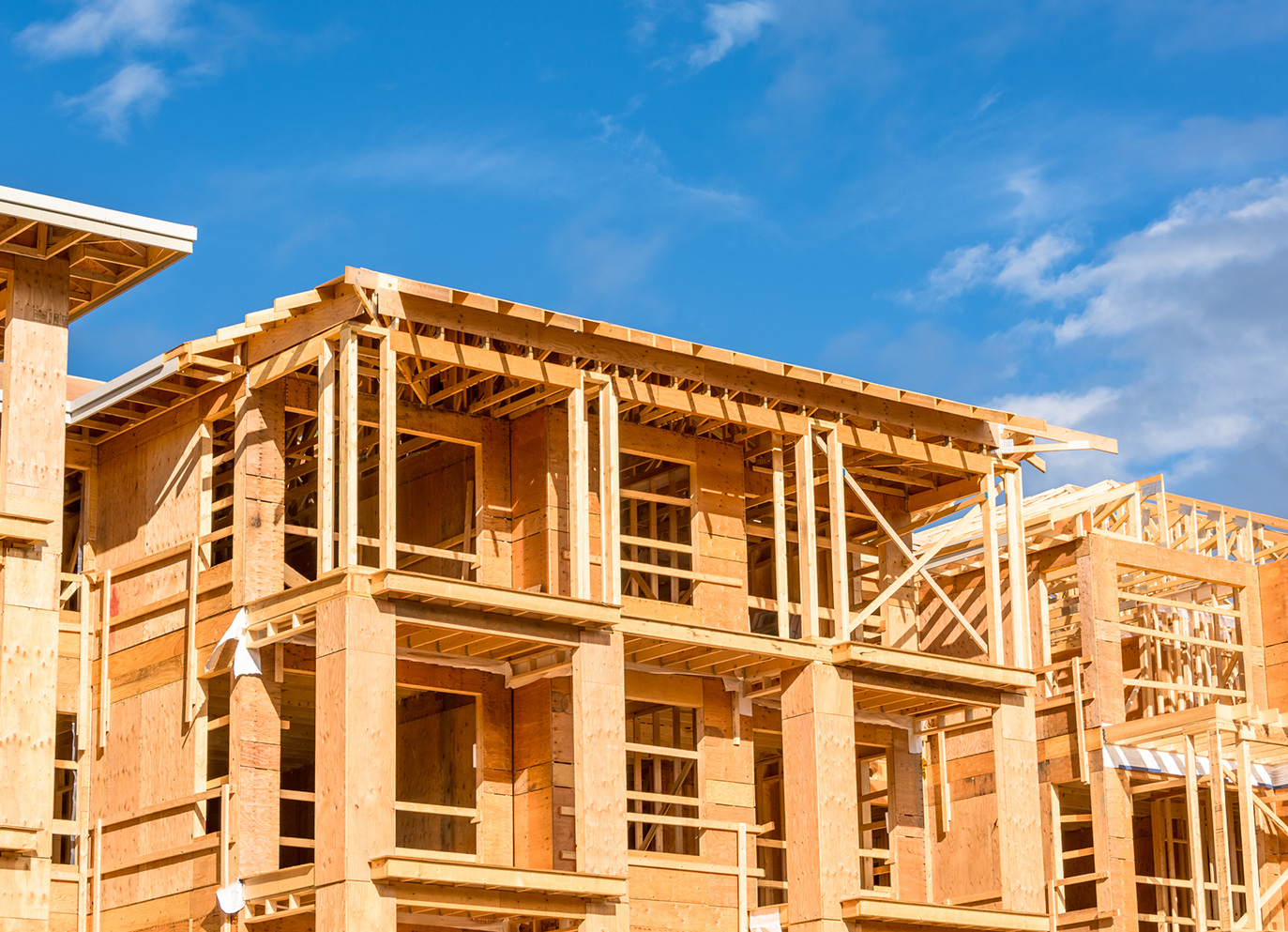
More Than Just Numbers
Market research goes beyond mere numbers; it dives into the psyche of your future residents. The insights gained from this research are invaluable when it comes to designing floor plans and selecting amenities.
Understanding the desires of your market research allows you to create functional, attractive living spaces that resonate with potential tenants. Whether it’s young professionals looking for a modern, minimalist design, or families needing extra space and child-friendly features, your floor plan and unit offerings should reflect the preferences of your target market.
2. Develop a Comprehensive Business Plan
A well-thought-out business plan is the blueprint for any successful apartment building project. This plan serves as a roadmap, guiding you through the complexities of building apartment complexes, including construction and operation.
In Ohio, where construction costs and real estate trends can vary significantly from one region to another, your business plan must detail each aspect of the construction project with precision and foresight.
Start with your initial budget; it should account for all foreseeable expenses, from obtaining the necessary permits to the materials required for each unit. This financial framework is critical for securing investors or loans, as it demonstrates the viability of your project and your commitment to a carefully managed investment.
Beyond the initial capital, your business plan must also project cash flow, taking into account the various factors that impact revenue, such as the expected rents, the local property market, and the target market’s rental budget.
Be sure to include contingencies for unexpected costs, which are an inevitable part of any construction process. This will ensure that your project remains financially stable even when faced with the unforeseen.


3. Secure Financing and Capital
Securing the necessary financing and capital is a pivotal step in the apartment complex construction process. Developers have to navigate a variety of funding options to ensure the financial foundation of their construction project is solid.
Using your own money can be an immediate way to invest in the project, but it may not always cover the entire cost. Attracting investors is another avenue where you can pitch the potential for returns based on the success of your apartment complex. However, most developers will require a loan to cover the bulk of the expenses.
Government Loans for Apartment Complexes
When it comes to loans, there are several categories specifically tailored to apartment construction. HUD/FHA loans are often a go-to choice, offering competitive fixed-rates, fully amortized, high-leverage financing options for new construction or substantial rehabilitation of multifamily properties.
These government-insured loans, like the FHA 221(d)(4) loan, are particularly appealing because they can help finance the construction of a new multifamily apartment building with minimal loan amounts and favorable terms.


Commercial Loan Programs
Commercial Loan Direct provides FHA-insured, long-term, fixed-rate financing for new construction apartments, which can be a great fit for substantial projects. There are also bridge loans, multifamily bridge loans, and bank loans that offer more traditional, albeit sometimes less favorable, terms for construction financing. Non-bank lenders have become a popular source for construction loans, often providing rates that float above the Secured Overnight Financing Rate (SOFR).
Private Loan Options
In Ohio, private money lenders offer short-term mortgage loans to real estate investors, which can be a viable option for those seeking more agile and potentially less traditional funding routes. Hard money lenders are also prevalent in the Ohio market, providing quick funding for property purchases, refinances, and fix-and-flip projects. This can be ideal for developers with a clear and expedited project timeline.
For a more in-depth exploration of the loan options available for your apartment complex construction in Ohio, it’s advisable to consult with financial experts who can provide tailored advice based on your project’s specific needs.

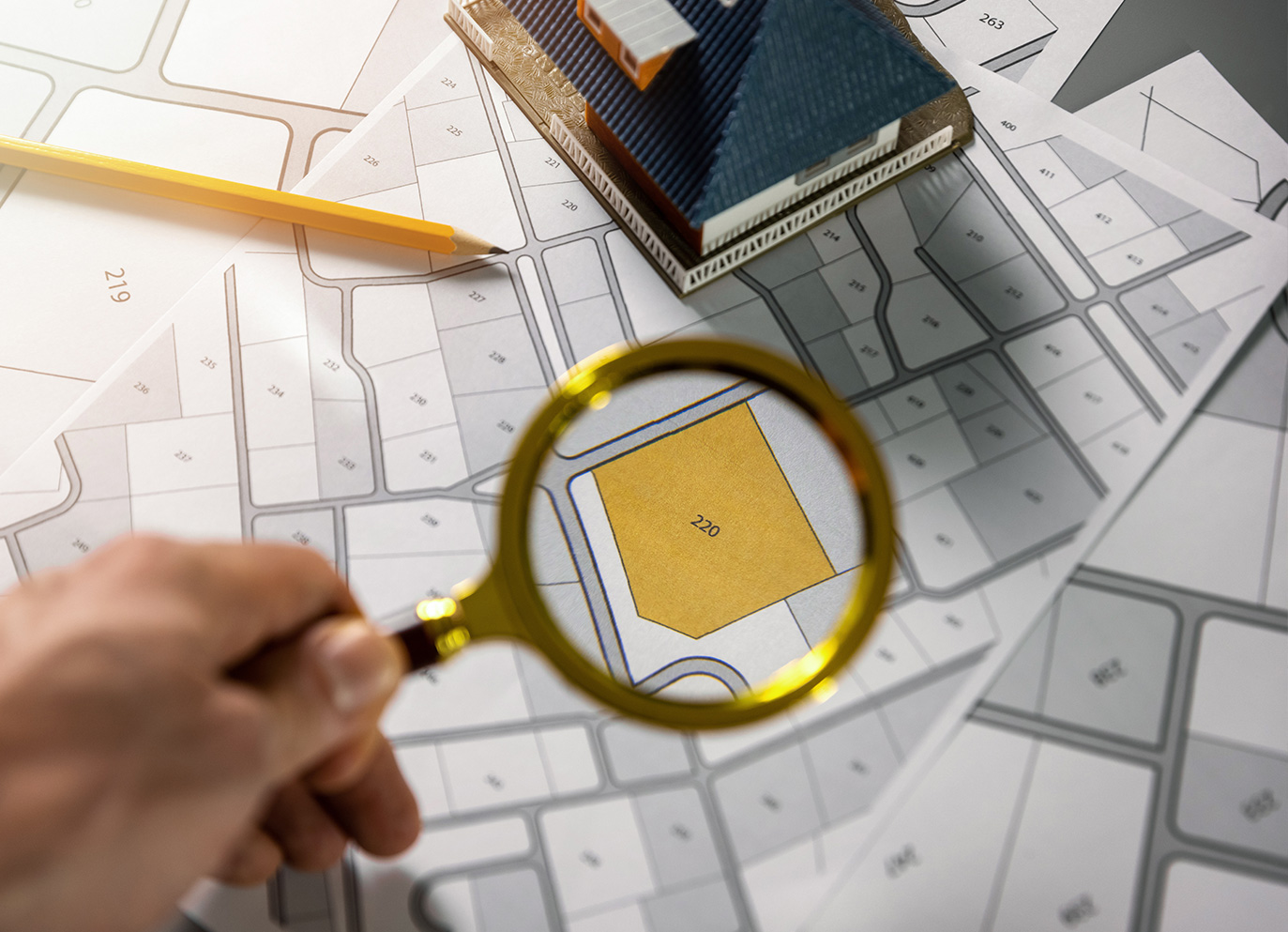
4. Finding the Perfect Site
The success of your apartment complex in Ohio hinges significantly on the location you choose. Finding the perfect site to build an apartment complex requires due diligence to ensure the land not only meets construction requirements but also aligns with market demands.
Pickup on Prevailing Trends
Begin with a comprehensive study of local real estate trends, which will provide insights into areas experiencing growth, the behavior of rental markets, and the types of units in demand. This research will guide you in selecting a site that promises an attractive return on investment, as areas with a positive trajectory in property values and rental rates will benefit property owners in the long run.


Conduct Soil Tests for Design Suitability
Once a potential site is identified, the next step is to conduct a series of soil tests and land assessments. This is a critical phase in the apartment building construction process, as it determines the suitability of the land for construction.
Soil tests will reveal the composition and bearing capacity of the ground, which are vital factors in designing the foundation and structure of your apartment buildings. It’s crucial to determine if the soil can support the weight of the complex and if any additional work, such as soil stabilization, is required.
These assessments will also uncover any potential environmental concerns that could impact the construction process or future residents.
Be Aware of Zoning and Infrastructure Requirements
In addition to soil tests, due diligence includes reviewing zoning laws, easements, and any restrictions that could affect building plans.
Ensuring that all necessary permits can be obtained is paramount to avoid legal complications that could derail your construction project. It’s also wise to consider accessibility to utilities, transportation, and other services that prospective tenants will find valuable.
By thoroughly vetting the site with both technical and market-driven evaluations, you can move forward with confidence, knowing that your chosen location is primed for the successful development of an apartment complex that meets the needs and desires of your target market.

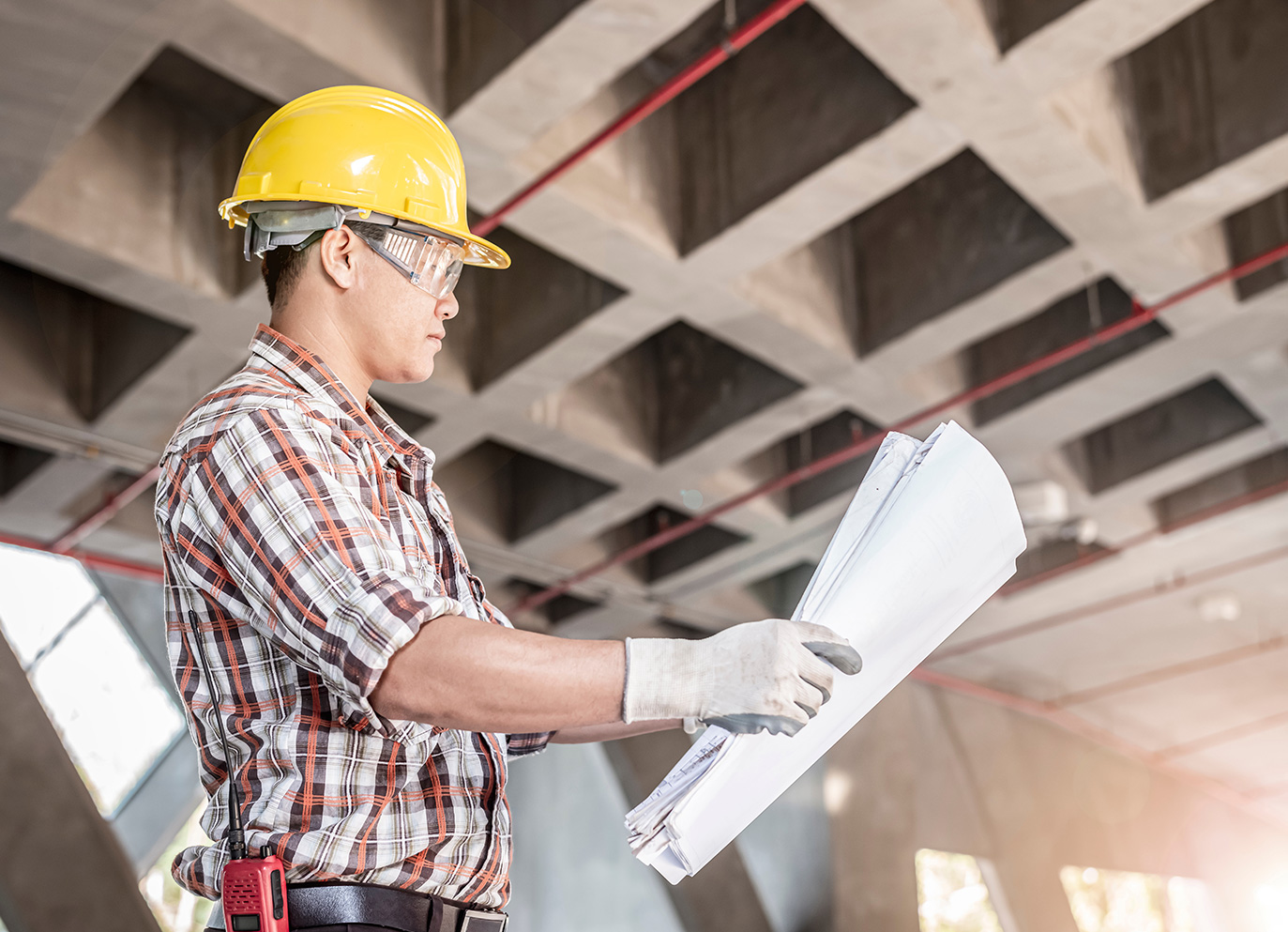
5. Obtain The Necessary Permits
Successfully navigating the permitting process for apartment building construction is a crucial step in getting your project off the ground. Without the necessary permits and approvals, construction projects cannot legally proceed. The first step is to obtain a building permit, which serves as an official approval to start construction in compliance with local building codes, zoning laws, and government regulations.
In Ohio, this involves submitting detailed plans of the apartment complex to the local building department, along with any other documents they require, which typically include the site plan, floor plan, and specifics about the construction materials and methods to be used.
The approval process may vary depending on the location within Ohio, as each municipality has its own set of rules and timelines. It’s essential to consult with local officials early in the planning stage to understand the specific requirements and to ensure that your project adheres to all the necessary codes and regulations.
This could include fire safety standards, accessibility requirements, and energy efficiency mandates. It’s not uncommon for this process to involve several revisions and resubmissions, so factor this into your project timeline to avoid delays.
6. Secure Additional Approvals, Including Community Buy-In
In addition to a building permit, your project might require other services and approvals, such as water and sewer service permits, electrical and HVAC permits, and possibly environmental clearances if your site has specific ecological considerations.
Also, depending on the size and scope of your project, you may be responsible for providing new or expanded roadways to accommodate heavy construction equipment, and you may need to secure approvals from a local community association board.
Securing the necessary permits is a complex task that often benefits from the expertise of a professional, such as a permit service company, or an experienced contractor, such as the team at Rockford Construction.
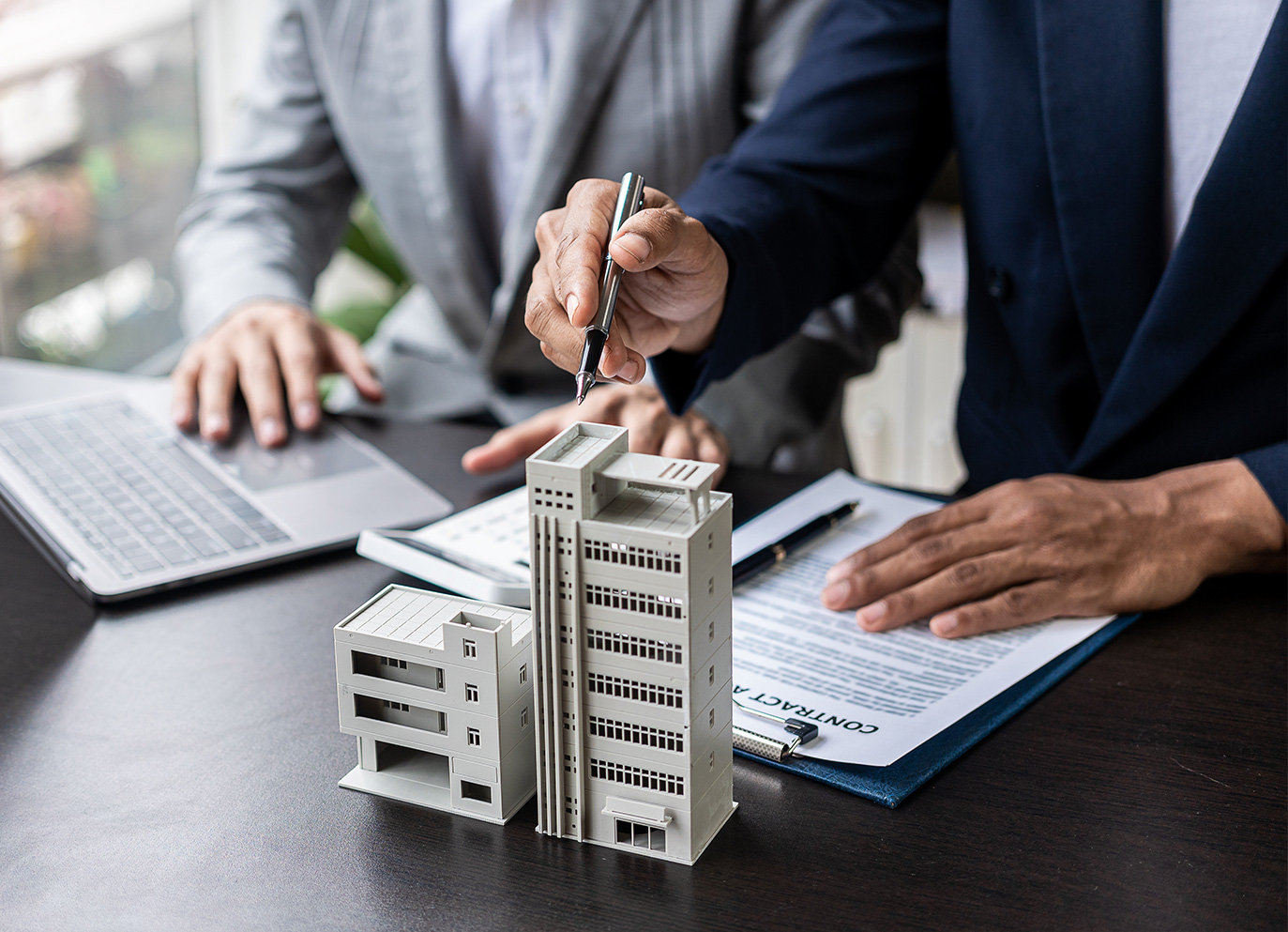

7. Assemble Your Real Estate Development Team
Constructing an apartment complex is a multifaceted endeavor that necessitates a team of skilled professionals, each bringing their unique expertise to the project. Assembling your real estate development team is a critical step in ensuring the success of your apartment complex in Ohio. Each role is essential, from conceptualization to construction and, ultimately, to occupancy and management.
Firstly, an architect is indispensable in bringing your vision to life. They are responsible for creating a functional, aesthetically pleasing design that meets all zoning and building codes while also appealing to your target market.
The Architect
The architect will work closely with you to develop floor plans and select materials that align with both your budget and the needs of potential tenants. Their expertise not only ensures that your apartment buildings are safe and compliant but also that they include the amenities and features that will make them stand out in the competitive Ohio market.
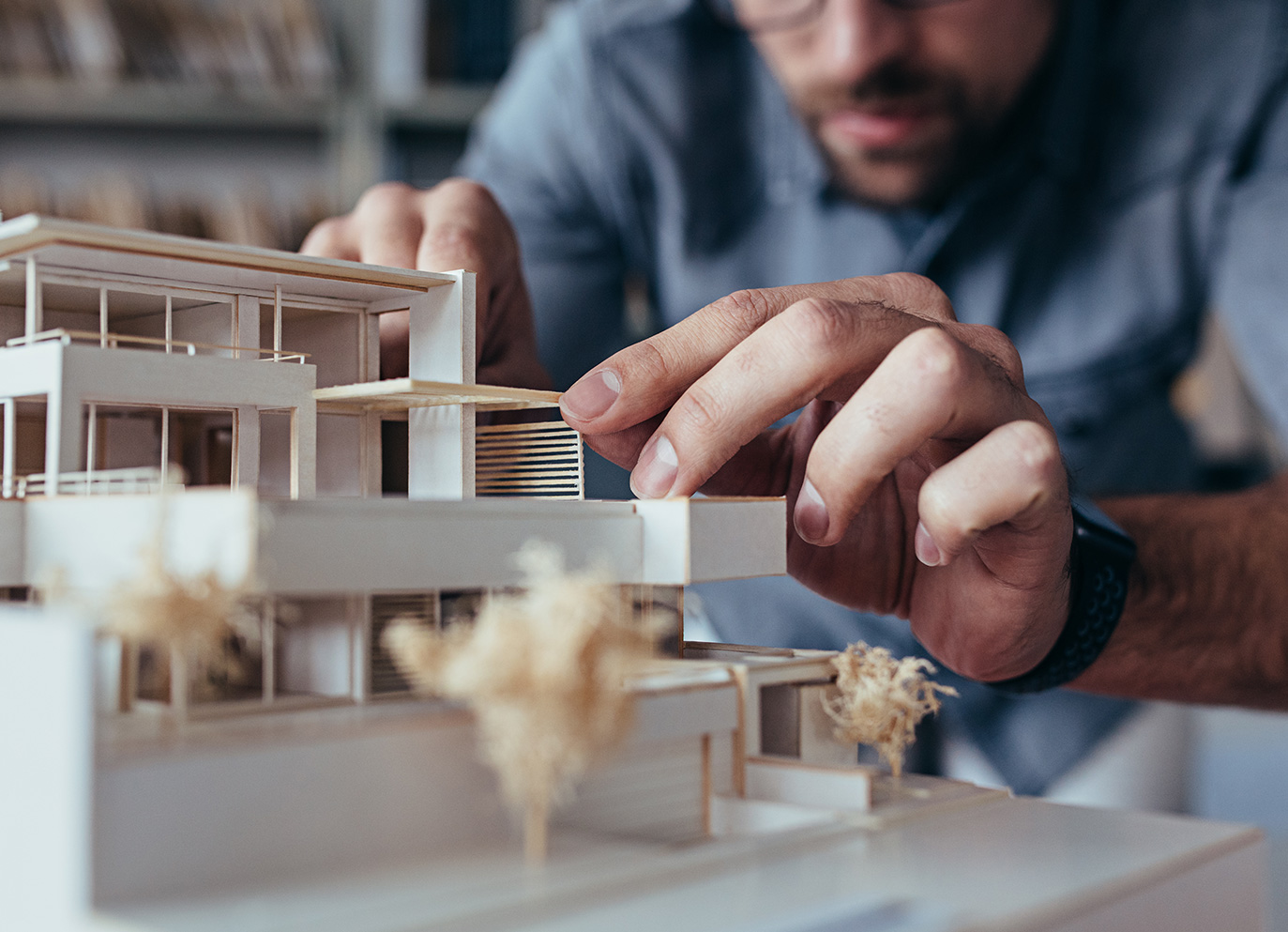

The Contractor
Following the design phase, contractors are the individuals who will manage the actual construction of your apartment complex. They oversee the day-to-day operations on the construction site, coordinate with subcontractors, and ensure that the construction process stays on schedule and within budget.
It’s crucial to choose an experienced contractor, such as Rockford Construction. With a strong track record in apartment building construction, their ability to manage the various facets of the construction process effectively will have a direct impact on the quality and timeliness of your project.
Property Management
Once the construction is nearing completion, property management companies come into play. They handle the ongoing operations of your apartment complex, including maintenance, rent collection, and tenant relations.
A good property management company will ensure that your property is well-maintained, which is vital for retaining tenants and preserving the value of your investment.


Leasing Agents
Finally, leasing agents are the boots on the ground who will market your apartments to prospective tenants. They are adept at understanding the local rental market and can employ effective marketing strategies to generate leads and fill your units quickly with qualified tenants. Their role is to ensure a high occupancy rate, which is essential for a healthy cash flow.
Remember, the strength of your real estate development team can greatly influence the success of your apartment complex. Each member plays an integral role in turning your property into a thriving residential community and a profitable investment.
Selecting the right professionals for these roles is not just about filling positions; it’s about building a collaborative team that shares your vision and commitment to creating a high-quality living environment for your tenants.
8. Design Your Apartment Complex
Designing your apartment complex is more than just an exercise in aesthetics; it’s a strategic endeavor that directly impacts your ability to attract and retain tenants.
The design phase is where you translate market research and target demographics into a physical structure that meets the demands and desires of your future residents. In Ohio, where the apartment market can vary from urban to suburban settings, creating a versatile and appealing floor plan is essential.
Begin by considering the lifestyle and needs of your prospective tenants. For example, if your target market research indicates a demand for family housing, you might include larger units with multiple bedrooms and bathrooms.
Conversely, if you’re aiming to attract young professionals, focus on smaller, tech-friendly units with open-plan living spaces. The key is to ensure that your floor plan not only maximizes the use of space but also offers the functionality and style that resonates with your target market.
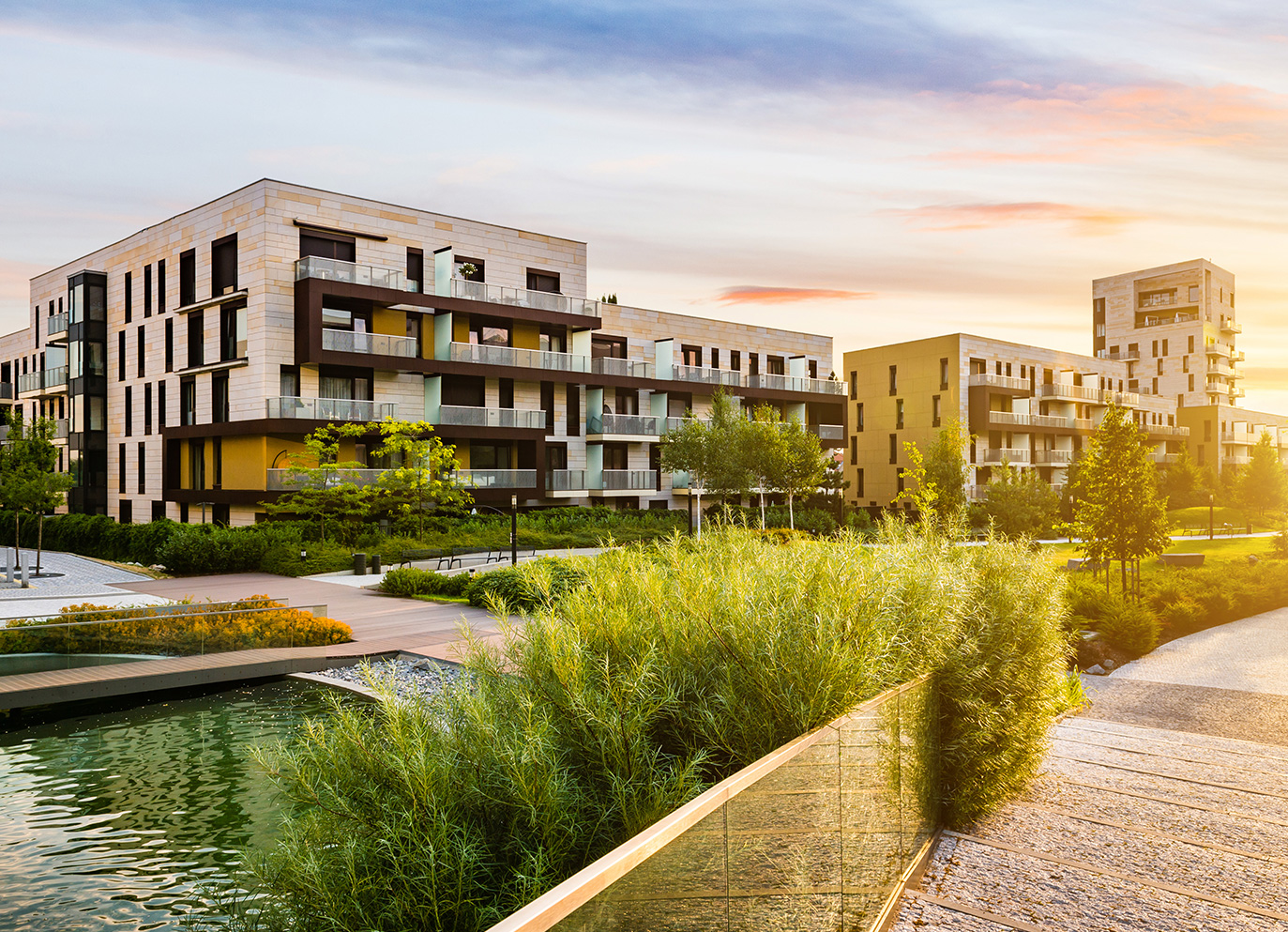
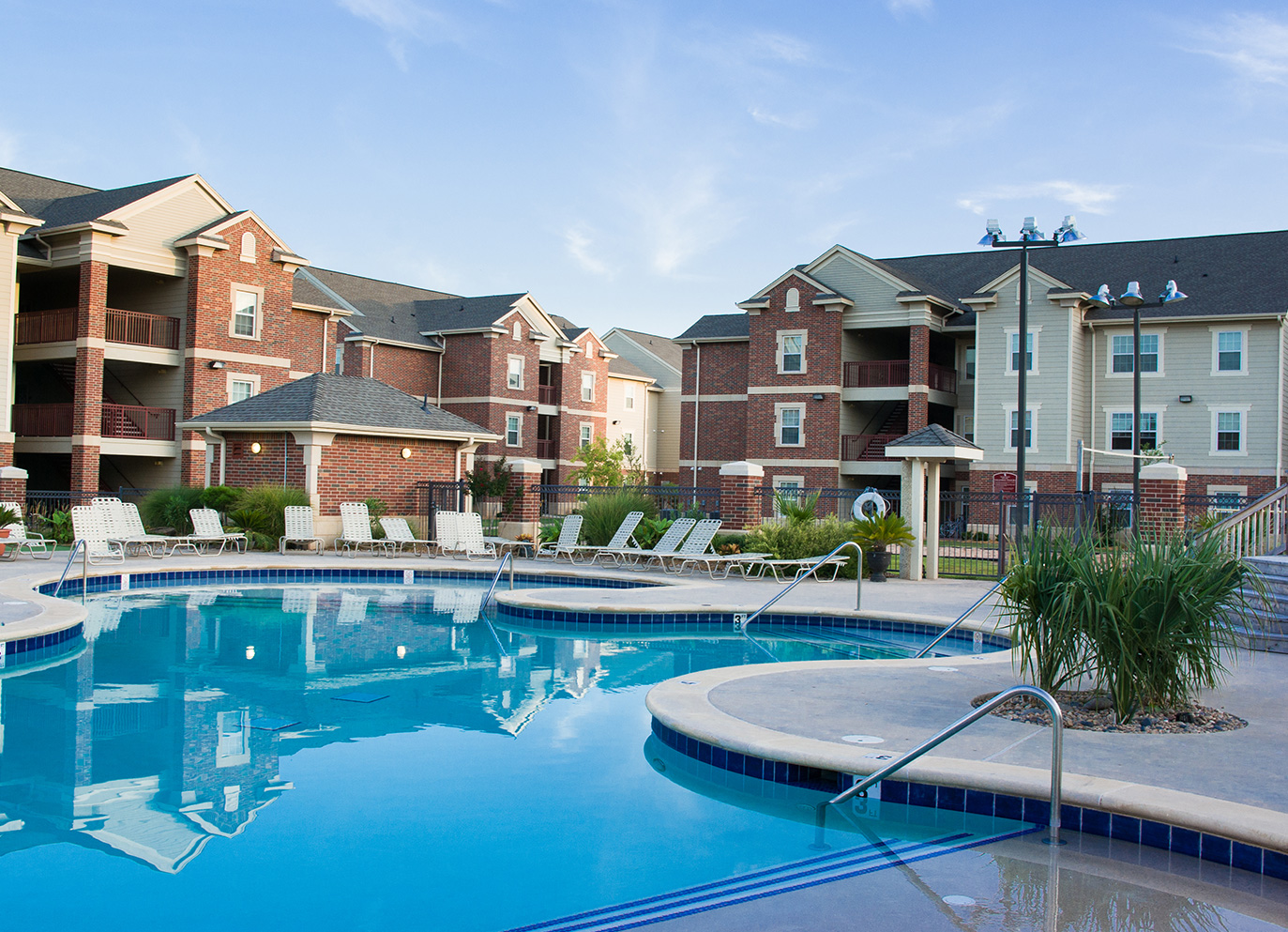
The Role of Amenities
Amenities also play a significant role in differentiating your apartment complex from others. They are an integral part of the lifestyle you’re offering to potential tenants. When selecting amenities, consider those that will add convenience and enhance the quality of life for your residents.
This could range from in-unit laundry facilities and high-speed internet access to communal spaces such as fitness centers, outdoor courtyards, or rooftop terraces. Pet-friendly policies and associated amenities can also be a significant draw for tenants.
Remember, the amenities you choose should align with the preferences of your target market and reflect the current trends in the Ohio real estate market. They should also be sustainable from a cost perspective, as they can impact your initial construction costs and the property’s long-term operating expenses.
Thoughtfully designed floor plans and well-chosen amenities not only attract prospective tenants but can also command higher rents, thereby increasing your property’s profitability. Your design choices are an investment in the marketability and competitive edge of your apartment complex.
9. Implement an Effective Marketing Strategy
Marketing is a powerful tool that, when executed effectively, can generate significant buzz and interest in your apartment complex before its doors even open. In Ohio, where the apartment market is so competitive, a strategic marketing plan is essential to attract prospective tenants and ensure your complex stands out.
The goal is to create a compelling narrative around your property that resonates with your target market and showcases the unique value proposition of your apartments.
Begin by establishing a strong brand identity for your complex. This includes a memorable name, a professional logo, and a consistent theme that will be present in all your marketing materials. Your brand should reflect the lifestyle and benefits that your property offers and appeal directly to the desires of your target tenants.
Once your brand is established, you can leverage various marketing channels to reach potential residents, such as online listings, social media platforms, and local advertising.
A robust online presence is crucial in today’s digital age. Develop a user-friendly website that includes high-quality images of your apartment building floor plans, apartment units, a list of amenities, pricing information, and contact details. Virtual tours can give prospective tenants a taste of what it’s like to live in your complex, even before construction is complete.
Utilize social media to engage with your audience, share updates on the construction progress, and post content that positions your complex as the ideal living space.
Traditional marketing tactics, such as signage at the construction site, brochures, and open house events, can also generate leads effectively. Networking with local businesses and community organizations can help spread the word and tap into local networks.
Offering pre-leasing specials or incentives can create a sense of urgency and encourage early commitment from tenants.
Remember, your marketing efforts should aim not only to inform but also to excite and engage your audience. By leveraging both digital and traditional marketing strategies, you can create a comprehensive campaign that builds anticipation and demand for your apartment complex.
A well-planned and executed marketing strategy can make all the difference in achieving high occupancy rates and establishing your complex as a sought-after residence in Ohio.

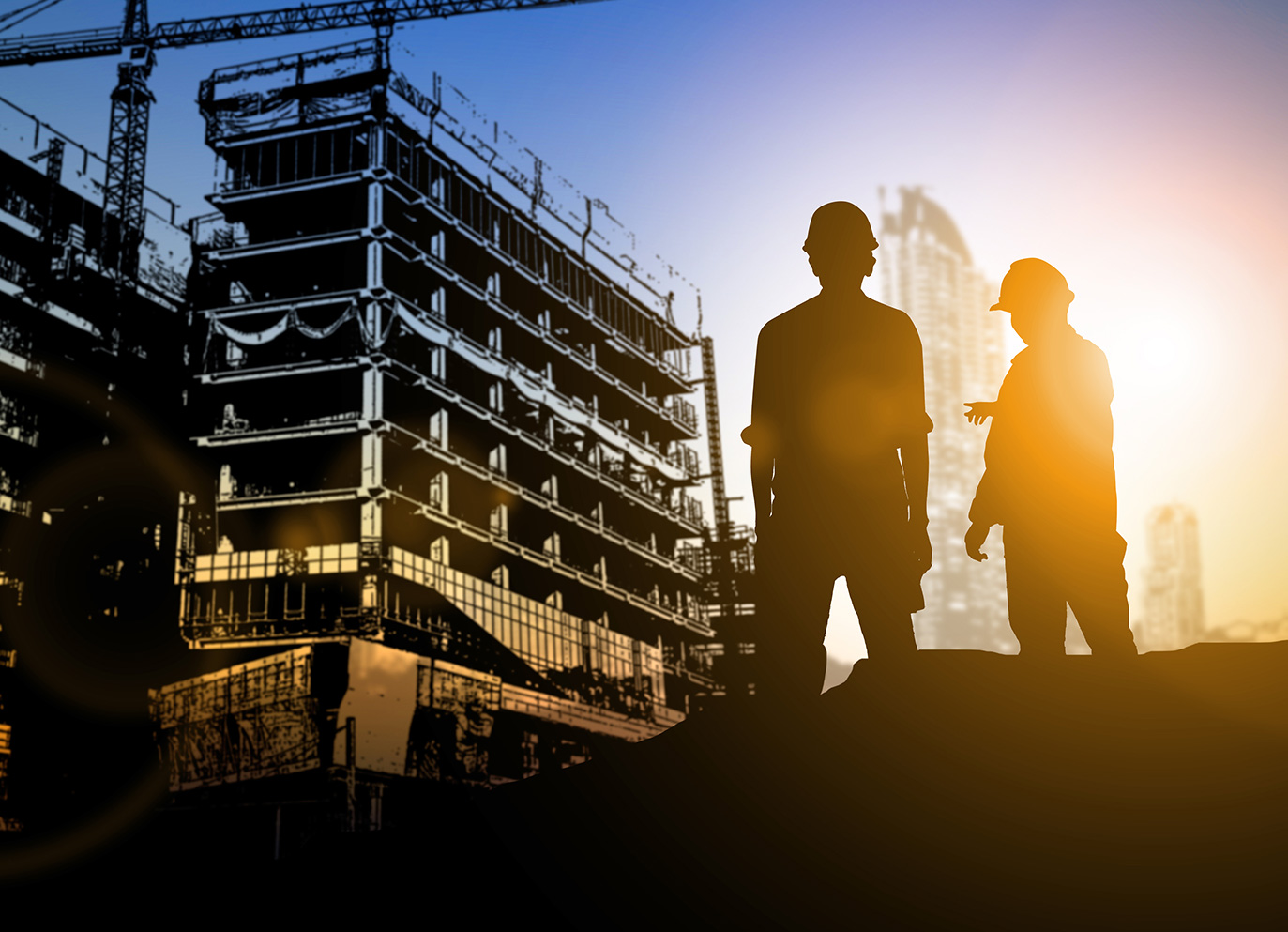
10. Partner with a Trusted Construction Company
As you can see from these 10 Steps to Building a Successful Apartment Complex in Ohio, the process entails more than just breaking ground and raising structures; it involves a strategic approach to design, finance, and management, all while navigating the construction costs and legislative requirements unique to the Buckeye State.
You need a respected and seasoned partner who can help you make informed decisions, optimize your investment, and, ultimately, construct an apartment complex that stands as a testament to your hard work and vision. Speak with the team at Rockford Construction today to learn how we can help you achieve your goals.

